NFPA Fire Protection System List of Codes & Standards

Managing capital‐intensive campus infrastructure embedded within a politically sensitive community presents challenges not present in private industry real assets. Differences in everything from department culture to annual facility use patterns mean that facility managers cannot implement the same safety approaches in all buildings. Approaches must be scaled and tailored to the occupancy type and informed by the interconnectedness and the specifics of a given facility. Accordingly, the original University of Michigan standards advocacy enterprise (see ABOUT) began following the development of safety concepts in both NFPA 730 and NFPA 731 with the release of the 2008 Edition. Thereafter, it collaborated with trade associations and subject matter experts from other universities (notably Georgetown University and Evergreen State University) to advocate user-interest concepts in the 2011 revisions.
Since 2008, campus security issues have only become more complex technically; across an expanding minefield of sensitivities. Since 2008 we have observed the emergence of about one-hundred new consensus products being developed by the same number of new trade associations and producers presenting campus security solutions.
NFPA 730 Guide to Premise Security is a consensus document that describes construction, protection, occupancy features, and practices intended to reduce security vulnerabilities to life and property. Related document — NFPA 731 Standard for the Installation of Electronic Premises Security Systems covers the application, location, installation, performance, testing, and maintenance of electronic premises security systems and their components. The first is a performance document; the second a prescriptive document for the construction, operation and maintenance of electrotechnologies that support premise security.
Public consultation on the 2023 revision closed January 5, 2022 however the NITMAM process permits additional comment at the 2023 NFPA Annual meeting in Las Vegas in June 2023.
The 2026 Edition is now open for public input until January 4, 2024.
Public Comment on the First Draft of the 2026 Edition will be received until January 3, 2025
What electronic keycards eliminated.
(It was not a positive development) pic.twitter.com/eIozU6XFSN
— O.W. Root (@NecktieSalvage) January 20, 2025
As always, we encourage direct participation by user-interests supporting the education facility industry. You may do so by CLICKING HERE.
It is never a bad idea to key in comments on your own but if you would like some insight into our advocacy vectors since 2008 you are welcomed to click in our periodic Risk and Public Safety colloquia during which time we pick through technical, policy and enforcement specifics. We have been hammering on Chapters 11 and 12, Education and Healthcare Facilities, respectively; for five cycles. See our CALENDAR for the next online meeting; open to everyone.
Issue: [10-3], [11-58], [14-44] and [16-127]
Category: Electrical, Telecommunications, Information & Communications Technology, Public Safety, Risk Management, #SmartCampus
Colleagues: Mike Anthony, Jim Harvey, Richard Robben
More
Department of Homeland Security: K-12 School Security
National Campus Safety and Security Project
NFPA 730 2023 Public Input Report
NFPA 730 730_F2019_PMM_AAA_FD_PIresponses
NFPA 730_F2019_PMM_AAA_SD_PCresponses
National Fire Protection Association | 2022 Revenue $82M
2026 NEC Code Panel 15 Public Input Report with Committee Response
Note in the transcript above that the four proposals submitted by Standards Michigan relate to healthcare facilities. Code Panel 15 receives proposals for healthcare and assembly occupancy wiring safety concepts.
The standard of care for electrical system safety in dramatic art facilities in the education, and other industries, is largely established in Articles 518 through Article 540 of the National Electrical Code (NEC). In some instances, dramatic art activity takes place in athletic arenas so we are mindful of parent standards for assembly occupancies generally; found in Chapter 3 of the International Building Code.
Free public access to the current 2023edition of the NEC is linked below:
Of particular interest is the “technical power system” found in Article 640: Audio Signal Processing, Amplification, and Reproduction Equipment.
Access to the International Building Code on “related” occupancies is linked below (Chapter 3 Occupancy Classification and Use):
2021 International Building Code
Note the imperfect correlation between the NFPA and ICC occupancy definitions. This never happens by design but is sometimes necessary. Some risk aggregations have to be understood as terms of art; to be understood by seasoned experts in context. Also, keep in mind that the NEC is a wiring installation safety code.
Proposals for revisions to assembly-related installations in the for 2023 is linked below:
NFPA 70 Public Input Report for 2023 Assembly Occupancies
Second Draft Report for all articles assigned to CMP-15
The so called “song and dance” sections of the NEC have been fairly “stable” in recent cycles. Changes to these articles in the NEC 2020 revision are incremental — i.e clarifications on grounding, wiring methods, cord wiring, illumination — and helpful for designers and inspectors. Nothing budget busting. Convergence of fire safety, mass notification, environmental air and visual experiences continues as once-independent technologies continue integration.
2026 National Electrical Code Workspace
We collaborate with the IEEE Education & Healthcare Facilities Committee which meets 4 times monthly in Europe and the Americas. See our CALENDAR for the next online teleconferences; open to everyone.
![]()
Issue: [Various]
Category: Sport, Electrical, Telecommunications, Fire Protection, Arts & Entertainment Facilities, Lively Art
Colleagues: Mike Anthony, Matt Dozier, Jim Harvey
LEARN MORE:
Because of the robustness of the environmental safety units in academia we place this title in the middle of our stack of priorities. Laboratory safety units are generally very well financed because of the significance of the revenue stream they produce. We place higher priority on standby power systems to the equipment and, in many cases, the subjects (frequently animals)
We were advocating #TotalCostofOwnership concepts in this document before our work was interrupted by the October 2016 reorganization (See ABOUT). Some of that work was lost so it may be wise to simply start fresh again, ahead of today’s monthly teleconference on laboratory safety codes and standards. The scope of NFPA 45 Standard on Fire Protection for Laboratories Using Chemicals is very large and articulated so we direct you to its home page.
Suffice to say that the conditions under which NFPA 45 may be applied is present in many schools, colleges and universities — both for instructional as well as academic research purposes. Some areas of interest:
We find considerable interaction with consensus documents produced by the ICC, ASHRAE and NSF International.
It is noteworthy that there are many user-interest technical committee members on this committee from the State University of New York, the University of Kentucky, West Virginia University, the University of Texas, University of California Berkeley and the University of Texas San Antonio; thereby making it one of only a few ANSI accredited standards with a strong user-interest voice from the education. Most of them are conformance/inspection interest — i.e. less interested in cost reduction — but they are present nonetheless. We pick our battles.
The 2023 revision is in an advanced stage of development and on the agenda of the June 2023 Technical Standards Agenda. It will likely be approved for release to the public later this year.
We always encourage direct participation. You may communicate directly with Sarah Caldwell or Laura Moreno at the National Fire Protection Association, One Batterymarch Park, Quincy, MA 02169-7471 United States. TEL: 1 800 344-3555 (U.S. & Canada); +1 617 770-3000 (International)

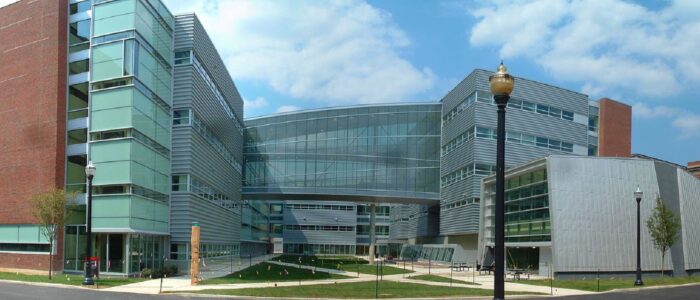

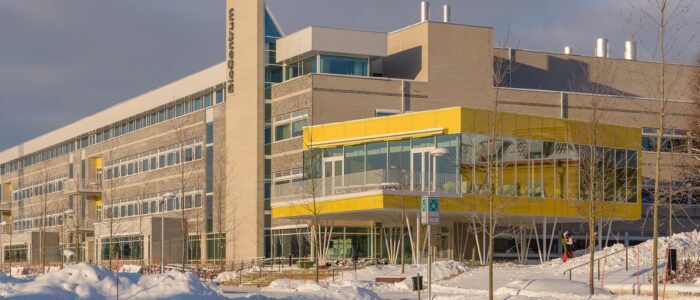
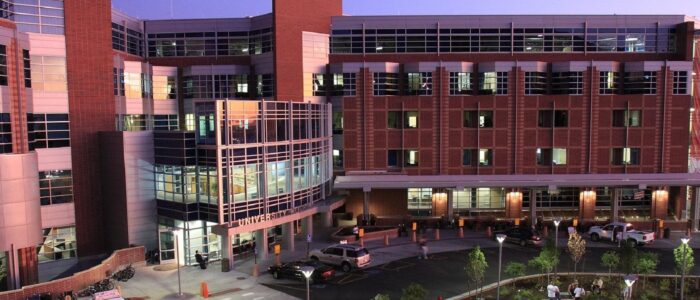
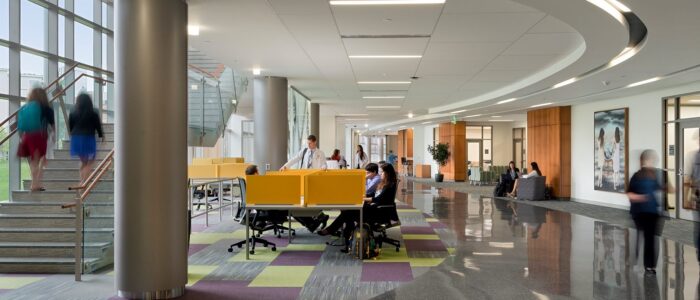
This standard is on the standing agenda of our periodic Laboratory standards teleconference. See our CALENDAR for the next online meeting; open to anyone.
Issue: [19-60]
Category: Prometheus, Laboratory, Risk
Colleagues: Richard Robben, Mark Schaufele
Article 547: Agricultural Buildings
Public Input with Responses from CMP-7 (Start at PDF Page 187)

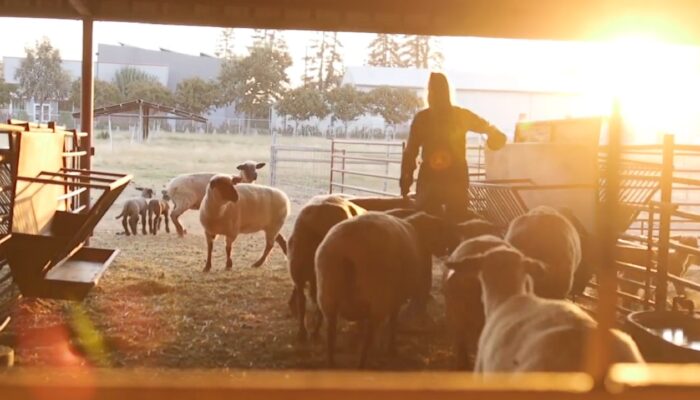
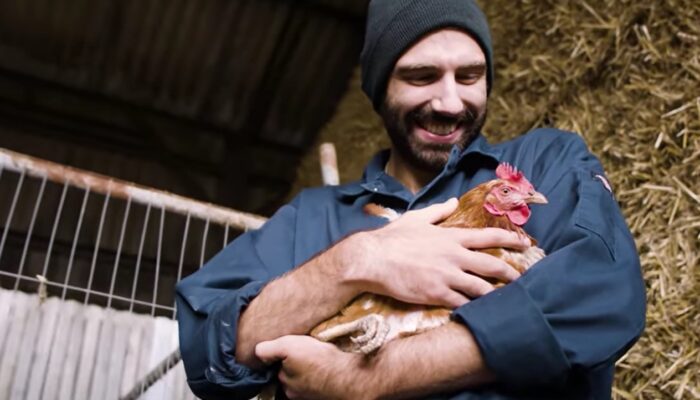
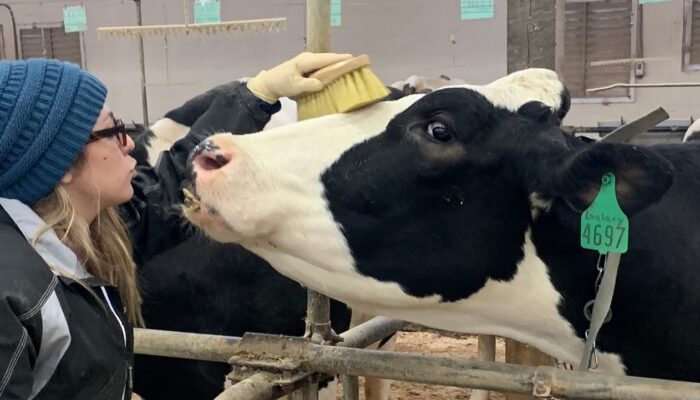

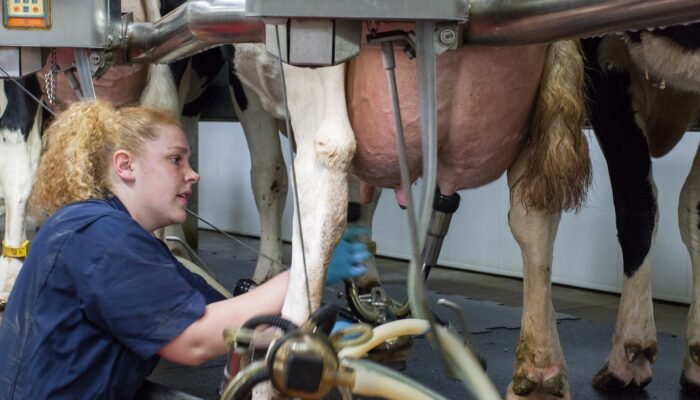
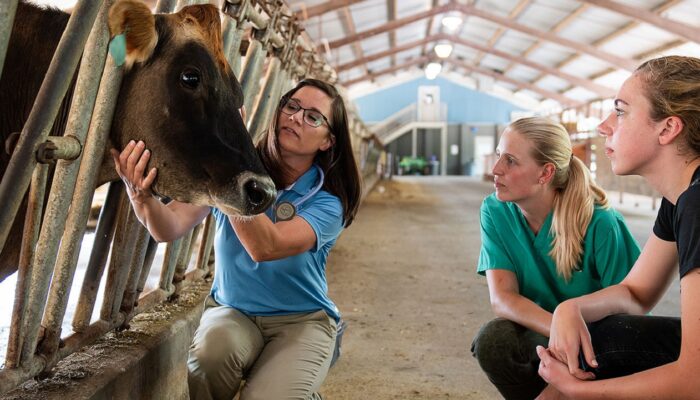
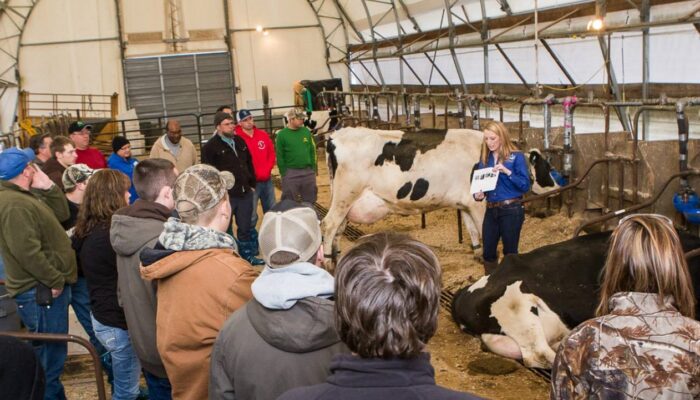
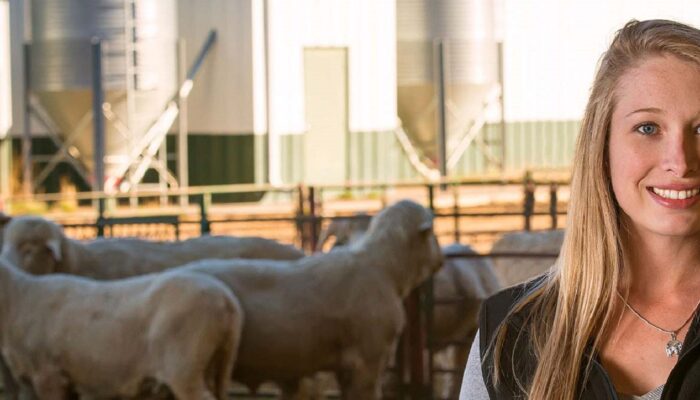

Many land grant colleges and universities are stewards of agricultural facilities that require reliable electrical power that is safe and sustainable for livestock and animal habitat for sporting.
FREE ACCESS: 2023 National Electrical Code
The premise wiring rules for hazardous university owned buildings have been relatively stable. Electrical professionals are guided by:
Public response to the First Draft of the 2026 National Electrical Code will be received until August 28, 2024. We coordinate our approach to the entire NFPA electrical suite with the IEEE Education & Healthcare Facilities Committee which meets 4 times monthly. We typically refer to previous transcripts of technical committee actions to inform any changes (improvements) that we propose, if any.
We maintain this issue on the standing agenda of our Power and Nourriture (Food) colloquia. Feel free to join us with the login credentials at the upper right of our home page.
More:
Cornell University Agricultural Safety and Health Program
National Safety Council (22 deaths by electrocution on farms per 100,000 in 2017)
National Agricultural Safety Database
Electrical Wiring for Barns, Riding Arenas, Animal Habitat and Feed Storage
2026 National Electrical Code Workspace
Education communities have significant assets tied up in swimming pools, immersion pools, fountains, hydro-therapy installations (in hospitals and athletic training facilities) and flood control facilities (in congested, non-permeable parts of urban campuses) we have been keeping an eye on leading practice discovery for these installations in the 2020 National Electrical Code.
With electrical safety — i.e. shock protection — as the focus of this post*, the relevant parts of the 2020 NEC reside in Articles 680 and 682 are described below:
Article 680 applies to the construction and installation of electrical wiring for, and equipment in or adjacent all swimming, wading, therapeutic and decorative pools, fountains, hot tubs, spas and hydromassage bathtubs, whether permanently installed or storable, and to metallic auxiliary equipment, such as pumps, filters, and similar equipment. The term body of water used throughout Part I applies to all bodies of water covered in this scope unless otherwise amended.
Article 682 applies to the installation of electrical wiring for, and the equipment in and adjacent to, natural or artificially made bodies of water not covered by other articles in the NEC, such as, but not limited to aeration ponds, fish farm ponds, storm retention basins, treatment ponds and irrigation (channel facilities. Water depths may vary seasonally or be controlled.
When the 2020 NEC is released there will be hundreds (more like thousands) of experts who make their living on each NEC revision fanning out across the globe able and ready to interpret, advise and train. We are not primarily a code training enterprise but we do get down into the weeds of electrical safety technical discussion where leading practice discovery discussion is recorded:
2020 NEC Article 680-682 Public Input | Pages 240 – 501
2020 NEC Articles 680-682 First Draft Report | Page 59 – 152
2020 NEC Articles 680-682 Public Comment Report
2020 NEC Articles 680-682 Second Draft Final Ballot
Transcripts superseded. We refer to the 2026 Workspace linked at the top of this page.
We find interest in corrosion control, water bottle fill stations, water heating technologies, LED illumination as well as the usual editorial, correlation and concepts movement between articles. From these transcripts it should also be plain that grounding and bonding practice, GFCI protection, luminaire location and wiring, corrosion management continue to be of primary interest in electrical safety assurance. Related safety concepts appear in NFPA 70B and NFPA 70E. Anything having to do with water; or the areas around water, are regions of elevated risk.

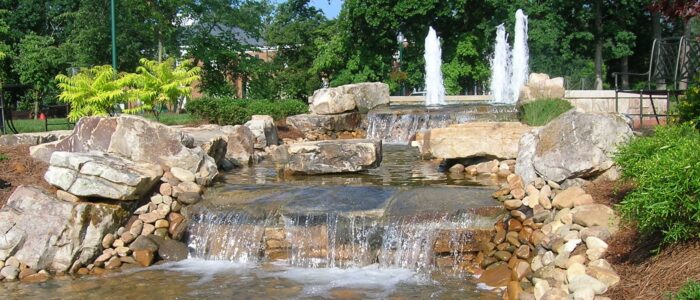
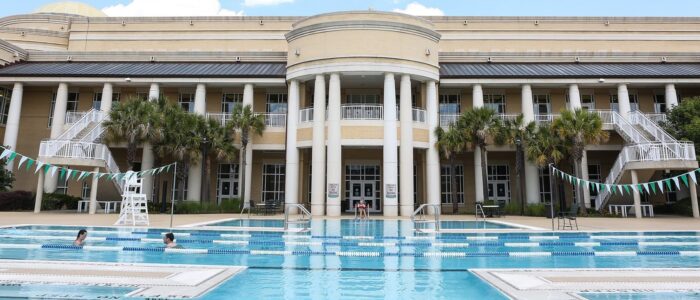
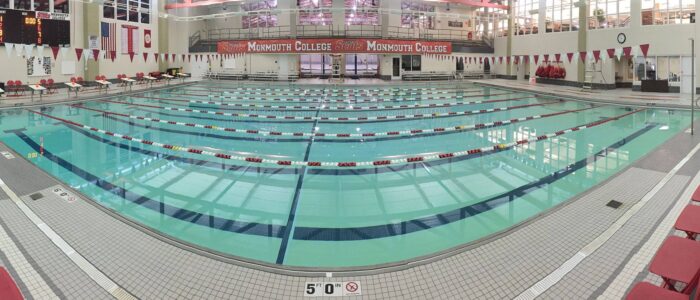

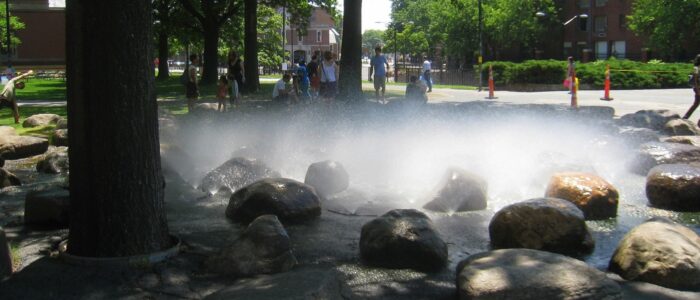


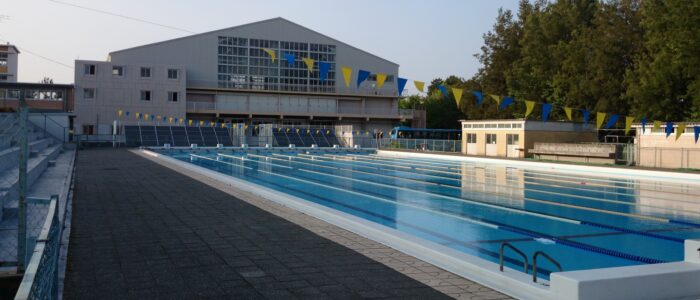
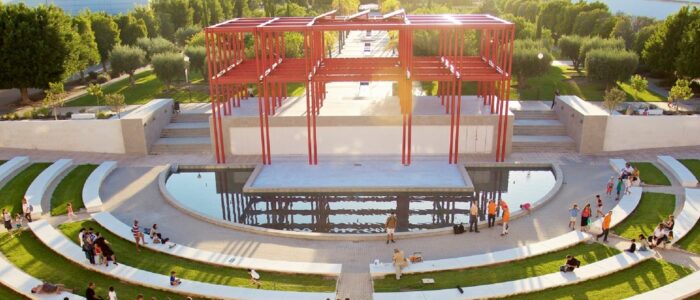

We are happy to discuss electrical safety standards any day at 11 AM Eastern time and host a monthly breakout teleconference dedicated to Electrical Power Safety in education facilities. See our CALENDAR for the next online meeting. We also collaborate closely with the IEEE Education & Healthcare Facilities Committee which meets online four times monthly in European and American time zones.
Issue: [16-102]
Category: Electrical, Risk Management, Water,
Colleagues: Mike Anthony, Jim Harvey, Kane Howard
*We leave the technical specifics of footcandle distribution to another, future post.
LEARN MORE:
2017 NEC changes for electrical safety in swimming pools
2020 NEC Changes (All Articles)
We have been following an international conversation on the safe and effective application of reconditioned electrical equipment (RCEE) for the better part of ten years now. Threads of the conversation originating in consensus documents developed by the International Electrotechnical Commission, the CSA Group, the National Association of Electrical Equipment and Medical Imaging Manufacturers (NEMA) and others. The safe and practical application of reconditioned electrical equipment — though not necessarily economical — is debated in detail in the National Electrical Code (NEC); a document in which we have advocated for the education facilities industry since 1993.
Not all electrical equipment is suitable for reconditioning but enough of it can such that specification of RCEE significantly lowers #TotalCostofOwnership for the $300 billion education facilities industry in the United States; the primary goal of Standards Michigan and its 50-state affiliates. According to the National Electrical Manufacturers Association, the following RCEE is suitable:
The length of this list is a topic upon which good minds disagree; especially internationally. Whether or not the largest non-residential building construction market in the United States (with new construction running at a clip of $80 billion annually) takes advantage of developments in technology that help manufacturers effectively “re-cycle” the largest components of a building power chain is a discussion for another day. The IEEE Education & Healthcare Facilities Committee drills down into details of this nature and is now soliciting comment on the proposed actions of IEEE SCC-18; the IEEE committee which, by charter, is aligned with user-interests in the US standards system. As we explain in our ABOUT, the general public — and even many industry insiders — are not aware of the economic consequences to all industries when regulatory products are written only by incumbent interests.
Suffice to say that even if the US education facilities industry does not apply RCEE to reduce the cost of a new building (by about 1 percent) its competitors internationally will and are.
The 2020 NEC is nearing the completion of its revision cycle. A milestone was completed in early November when all of the 20-0dd technical committees in San Diego. Dozens of breakout task groups are forming to sort through public response to proposed changes to the 2017 NEC which will become the 2020 NEC this time next year. Proposals regarding RCEE landed on the agenda of nearly all 20-odd NEC technical committees. Standards Michigan has tenure in Code Making Panel 1, the committee with oversight about how all other technical committees determine the safe and practical application of RCEE.
Cutting to the chase then, linked below is the first of several transcripts that track CMP-1 debate:
NFPA 70 National Electrical Code Workspace
Admittedly, very technical stuff. Few will pay attention to these specifics until something bad happens (perhaps six years from now) so, to avoid something bad happening, we pay attention to it now. We always collaborate with IEEE JTC/PES/IAS and IEEE E&H Committee which meets online twice every month.
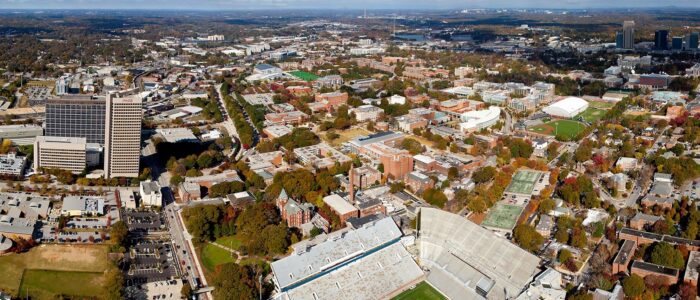
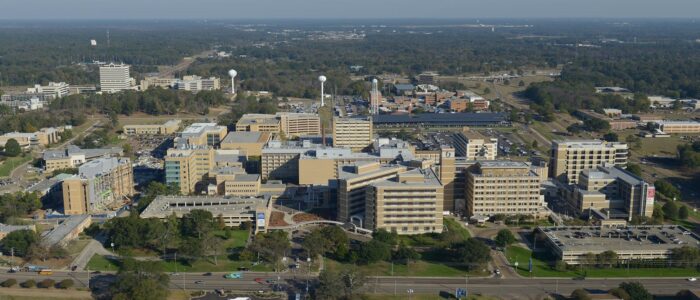
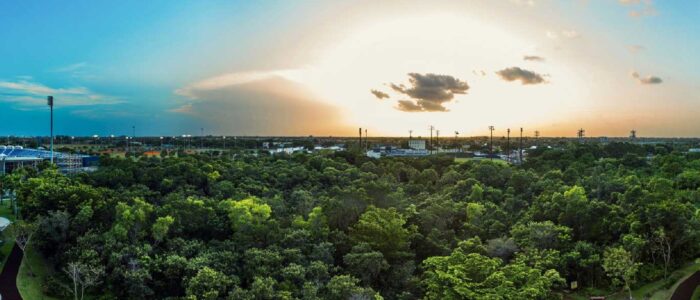



Issue: [16-102]
Category: Electrical, #SmartCampus
Colleagues: Mike Anthony, Robert G. Arno, Neal Dowling, James R. Harvey, Richard Robben





Most sanitation technologies are driven by electrical power — motors, pumps. heating and cooling elements, etc. The trajectory of product innovation, installation and maintenance practices are guided by electrical power capacity and availability.
Article 422 of the National Electrical Code covers safe wiring practices and is on the front end of new revision cycle. Comments on Public Input for the 2026 Revision will be received until 28 August 2024
Luminaires receive operating energy at voltage ranges from 120V to 600V AC. For safety and aesthetic reasons — in gardens or inside stairway balustrades or bollards, for example — low voltage lighting is preferred. The illumination of the pathway, for example, reduces risk to the community far more than the risk voltage presents. These installations typically operate at 12 to 50 volts direct current. Manufacturers bear much of the electrical safety burden; assuming the Owner installs and maintains the system correctly.
Faster than anyone will expect, interior building lighting will morph into low voltage systems because 1) the lower energy supply required by LED luminaires will make it possible to pipe that energy through low voltage cabling systems, 2) the pace of innovation we see in information and communication technologies will use those cabling systems for greater control of illumination systems.
We see these trends tracking in two sections of the 2020 National Electrical Code:
Article 300 Wiring Methods (Table 300.5)
Article 411 Low-Voltage Lighting
CLICK HERE for Free Access to the current 2023 Edition.
Comments on Public Input for the 2026 Revision will be received until 28 August 2024. Use workspace linked below:
CMP-9 Public Input with Committee Response
CMP-18 Public Input with Committee Response
Apart from integrating a new definition of “extra low voltage” into the NEC, Article 411 is a relatively quiet part of the NEC. Not so with Article 300 which is of great consequence to wiring manufacturers, among others.
We coordinate our advocacy in all education community electrotechnologies with the IEEE Education & Healthcare Facilities Committee which meets online 4 times monthly in both European and American time zones. We maintain low voltage lighting on the standing agenda of our Power and Bucolia colloquia. See our CALENDAR for the next online meeting; open to everyone.
Issue: [NFPA Workspace]
Category: Power, Illumination, Bucolia
Colleages: Mike Anthony, Jim Harvey (University of Michigan), Kane Howard, Glenn Keates (Michigan State University), George Zsissis (University of Toulouse)
New update alert! The 2022 update to the Trademark Assignment Dataset is now available online. Find 1.29 million trademark assignments, involving 2.28 million unique trademark properties issued by the USPTO between March 1952 and January 2023: https://t.co/njrDAbSpwB pic.twitter.com/GkAXrHoQ9T
— USPTO (@uspto) July 13, 2023
Standards Michigan Group, LLC
2723 South State Street | Suite 150
Ann Arbor, MI 48104 USA
888-746-3670
